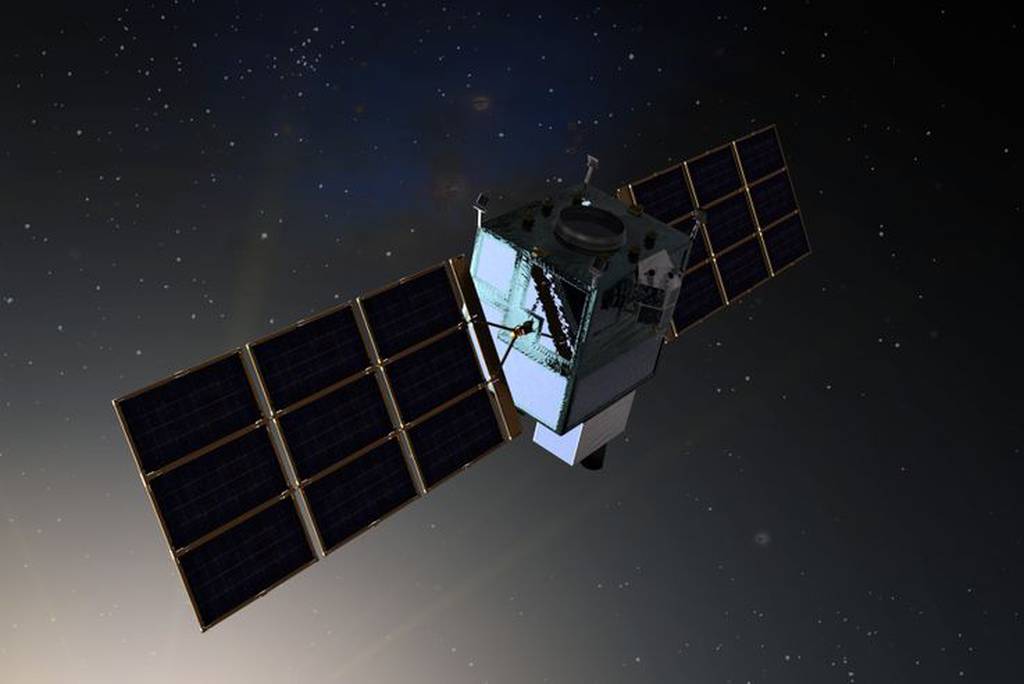
WASHINGTON — Northrop Grumman said its design for next-generation missile warning satellites passed a key Space Force review.
The company is under contract to build two Next-Generation Overhead Persistent Infrared Polar satellites that will provide coverage of the northern hemisphere, the most difficult area to observe from space. The Space Force plans to launch the first satellite in 2028.
“Northrop Grumman is on an accelerated path to delivering an early-warning missile system capable of surviving attacks from space, ground or cyber elements,” Alex Fax, Northrop’s vice president for the polar program, said in a May 24 statement. “NGP satellites will maintain a direct line of communication back to the continental United States, limiting dependency on overseas ground station sites.”
The milestone, called a preliminary design review, keeps the company on track for a possible production contract next spring or summer, according to a company spokesperson. The Space Force awarded the company $2.37 billion development contract in 2020.
Northrop’s sensor payload for the polar satellites is designed to detect infrared heat signatures from incoming missiles. They will also carry a communications payload that allows them to send tracking data to operators on the ground.
The payloads will fly on the company’s Eagle-3 spacecraft, which is designed for complex, strategic payloads like missile warning sensors.
The NGP effort is part of the Space Force’s broader Next-Gen Overhead Infrared program, which includes two Lockheed Martin-built satellites destined for geosynchronous orbit, about 22,000 miles above Earth’s surface. The service had planned to build and launch three GEO spacecraft, but it cut one satellite from the mix in its fiscal 2024 budget.
The service is seeking $1 billion for the polar segment of the program in fiscal 2024 and expects to need another $2.2 billion between FY25 and FY28, which the first satellite launches. That funding would support the program’s critical design review and early preparation for production, assembly and test.
Courtney Albon is C4ISRNET’s space and emerging technology reporter. She has covered the U.S. military since 2012, with a focus on the Air Force and Space Force. She has reported on some of the Defense Department’s most significant acquisition, budget and policy challenges.
- SEO Powered Content & PR Distribution. Get Amplified Today.
- PlatoAiStream. Web3 Data Intelligence. Knowledge Amplified. Access Here.
- Minting the Future w Adryenn Ashley. Access Here.
- Buy and Sell Shares in PRE-IPO Companies with PREIPO®. Access Here.
- Source: https://www.defensenews.com/battlefield-tech/space/2023/05/24/northrop-missile-warning-satellites-pass-early-design-review/



